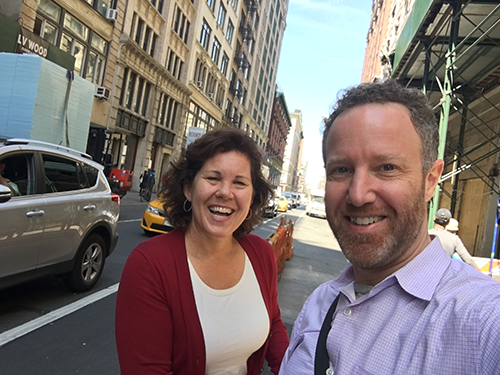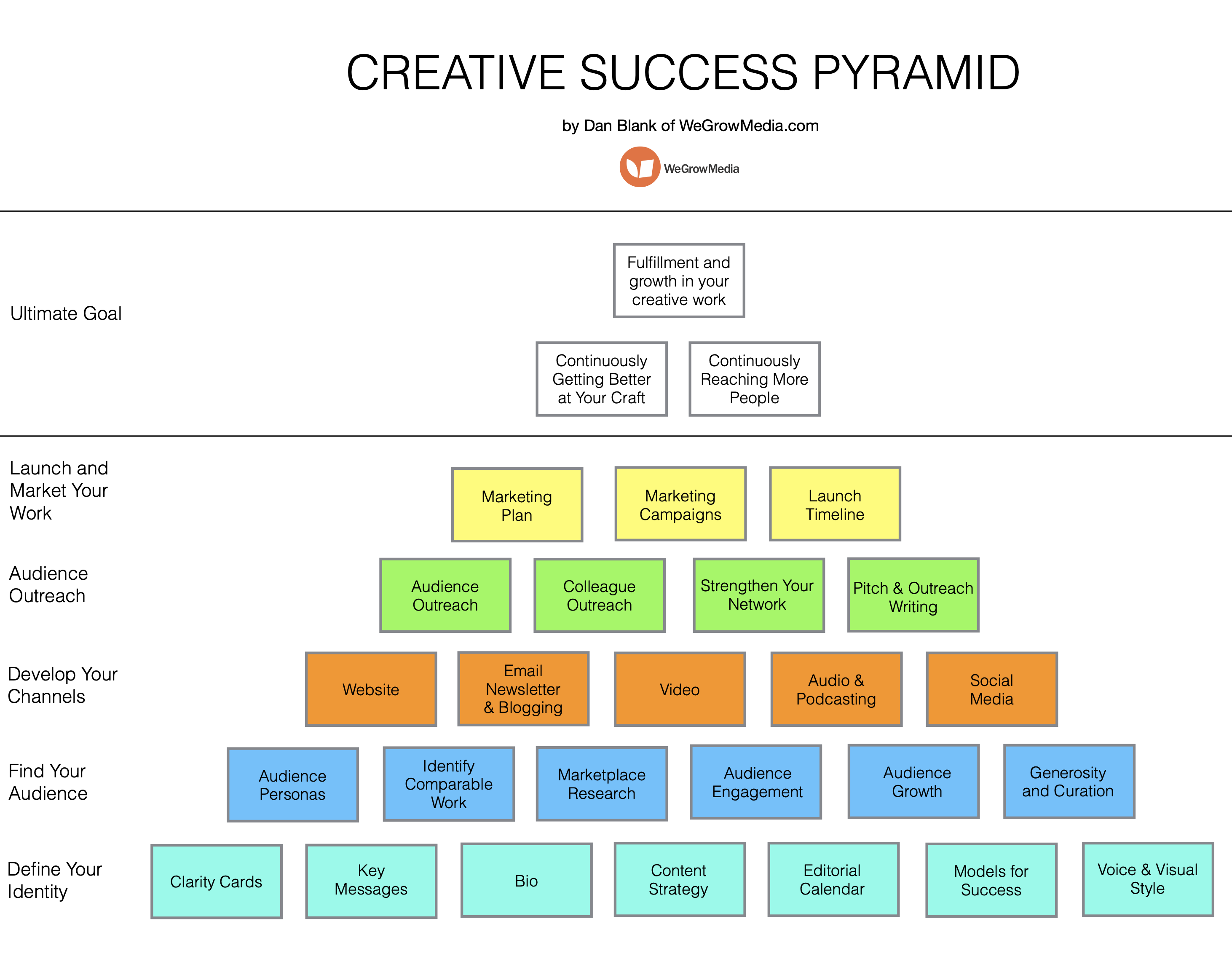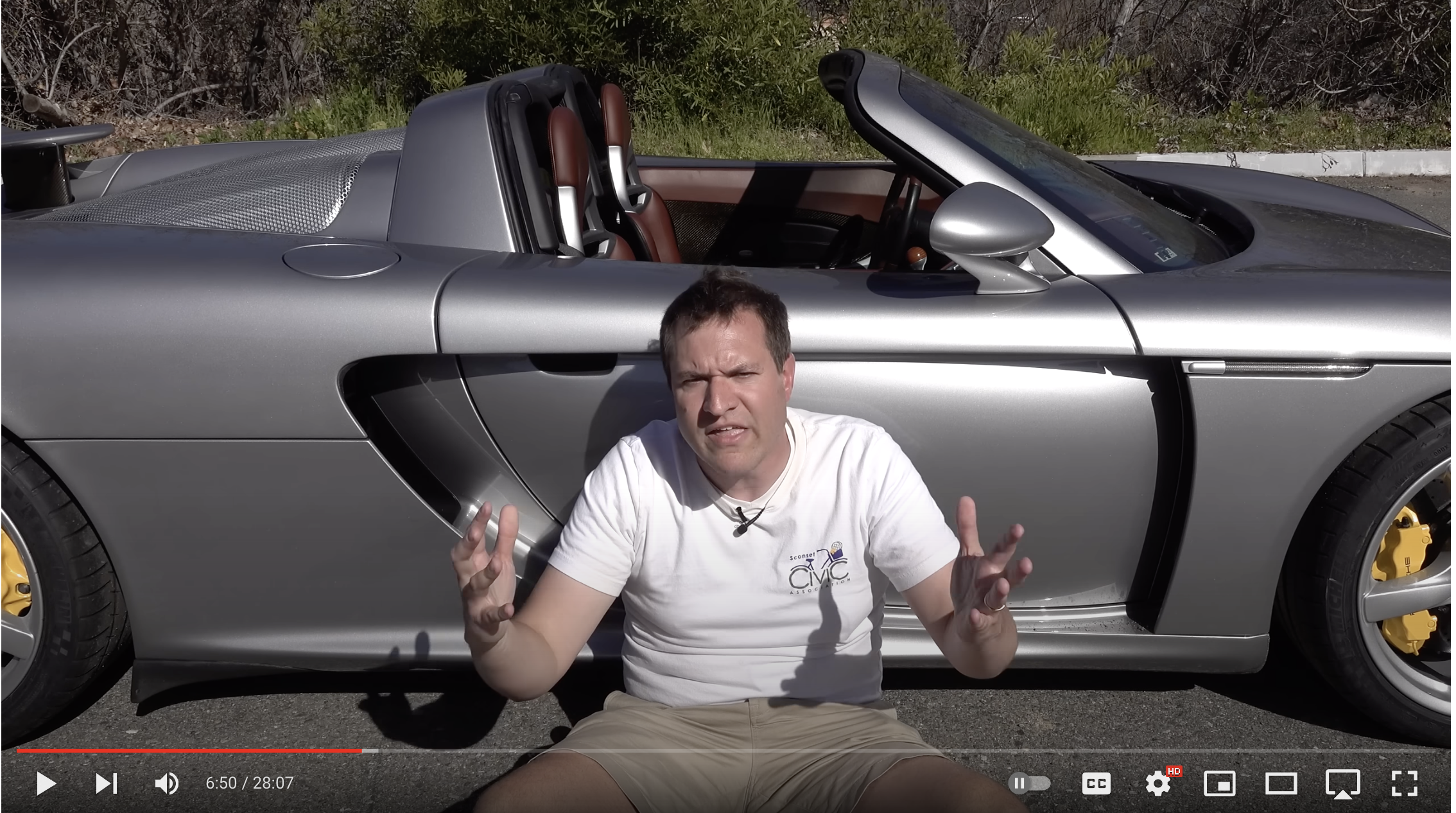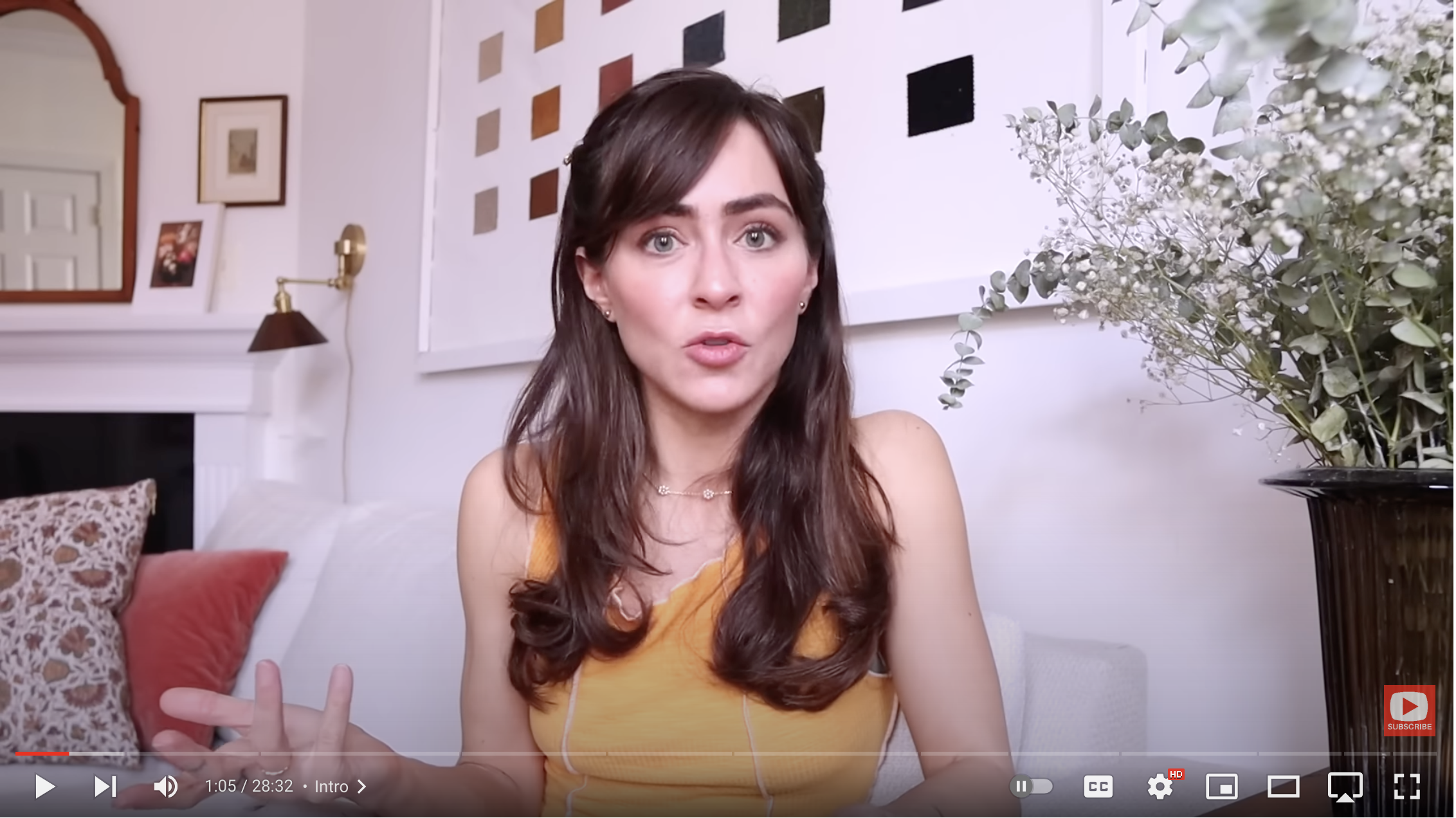I’ve mentioned before that every week, Jennie Nash and I have a mini-mastermind call. On it, we discuss business challenges, creative goals, new ideas, and so much else. Today, I want to share two of the biggest and most consistent insights we have had, and how they relate to how you can approach sharing your work and developing your platform as a writer. Let’s dig in…
So the main phrase Jennie and I come back to again and again is this:
We don’t know what works, but doing stuff works.
I mean, I’m a little embarrassed to admit that. Why? Well, Jennie Nash and I have each been running our businesses for 13+ years. We both work with writers and focus on books. And you would think that with all of these years of running successful businesses, you would be able to say, “Oh let me tell you the secret to success!” Or “Here is the foolproof system to success.” But the reality is, we don’t always know what will provide clear results. But we know that doing stuff works. Jennie and I have spent countless hours on the phone, but we have only met in person once, years ago, for a few minutes on the streets of New York City as I was rushing off to catch a train:

What is “Stuff?”
Stuff is… actions. So often people delay creating and they delay sharing, because they are trying to find the perfect strategy, or the exact right thing to create. What Jennie and I keep coming back to is, sometimes you just don’t know what the right strategy is. You don’t know what will deliver the highest ROI. You don’t know what will be a waste of time. And what won’t.
So you have to try things. You have to do stuff.
And through the repetition of doing “stuff” (a wide variety of tasks), good things tend to happen.
I keep this in mind when working with writers. Let’s say a writer I’m working with has concluded that their audience is on TikTok. So we do research and identify 40 TikTokers that could possibly have access to that audience. Then we create a strategy for reaching out to them, and making a compelling offer. Which of those 40 people will be the exact right fit? Not sure. And a lot of people delay action because they want to know. They logically ask “Which 3 of these people will have the highest ROI for my efforts, and are most likely to say yes. Because I would hate to waste my time reaching out to 40 people.” I mean, we all want to know that, right? But sometimes you don’t. You have to do the work.
There is a danger not only in “not doing stuff,” but by also trying to do the bare minimum. To try to make the absolute smallest amount of effort, but hoping for the biggest possible payoff. In my book Be the Gateway, I talk about ignoring best practices. Because oftentimes a best practice is a copy of a copy of a copy of an action that worked for someone 5 years ago, but now everyone is copying, and it is producing minimal results. We do this to ensure we feel we are taking measured safe actions. Which is reasonable. But sometimes the “reasonable” strategy is not the one that will work. I shared this on Twitter this week, and it was by far my most popular recent post:
Don’t bother fitting in. As an author, define your own creative identity rather than worrying about how to fit in to the trends of the marketplace.
When I look at the things I’ve done in the past 13 years that have led to my biggest successes, sometimes they were not my “best” ideas. I’ve watched great ideas that I worked really hard on… flop. And I’ve watched seemingly random ideas just take off quickly.
Another phrase Jennie and I use a lot is this:
“You have to throw spaghetti at the wall.”
Meaning, you have to try new ideas and see what sticks. Awhile back, Jennie was sharing all this data that she and her team collected about a problem they were trying to solve in her business. There was ALL THIS DATA. At the end of our discussion, we were talking about whether this data really helped provide a clear path forward. It didn’t. So we concluded: “It feels like we are still just throwing spaghetti at the wall. But now it’s spaghetti with data!” And that made it feel — somehow — more strategic.
If you follow my work, you know that I have developed a system for how I help writers hone their messages, establish their platform, identify their readers, craft marketing campaigns, and launch their books. It’s called The Creative Success Pyramid, and I made this fancy graphic for it:
You can download it here. Along with this pyramid, I have a 20+ tab spreadsheet that I use with my clients, where we create a detailed plan. So I absolutely believe in strategic planning. That structure provides the foundation for approaching how you do this work. From that starting point, I believe that action is where the magic happens. Ideating new ideas. Testing these plans. Executing on them. Learning from them. Iterating them. Starting again.
I’ve written in the past about my goal of learning to play guitar. After dabbling with it for a quarter century, I got serious a few years back, practicing every day. Yet, I find myself feeling like I’m not making progress. This is not for lack of information: I have found amazing instructional videos on YouTube and elsewhere. So this week I hired a new guitar teacher. I was radically honest with him about where I feel stuck, and my own habits that seem to hold me back. To my delight, he had a clear plan, specific exercises, and was accessible for accountability. We set up a weekly schedule to move forward.
Will it work? Who knows. But I know that doing stuff works. Simply by taking the action of hiring a new teacher, it will increase the chances of me reaching my goals with guitar. I can tell you that already I have felt more enthused about my daily practice sessions.
I’m reminded of this all the time when I look at other creators. How odd things lead to huge opportunities. Years ago, my son began watching this guy on YouTube who talks about cars named Doug Demuro. He now has 4.5 million subscribers. How did it all begin? Well, when he was younger, he began taking photos of exotic cars he saw in his town. He called it “carspotting.” His hobby became an article in Automobile magazine, featuring this average college kid (Doug) who just took photos of cars on the street. He then tells the story of what happened next:
“That particular issue of that particular magazine was sitting in a newsstand at the Atlanta airport, and happened to get picked up by a guy named Scott. Scott was a car enthusiast who worked at Autotrader. He was building out a content division at Autotrader, instead of just selling cars with car listings, they wanted to start writing articles. So Scott got this magazine, saw the article about me, and thought, ‘this guy might make some good content.” He reached out and asked, “Do you want to have lunch.” Within a few months Scott had the content division up and running, and I was his first freelance writer.”
Which is the path that lead Doug to his current career. Doug’s company recently received $37 million from investors. From the share that Doug received personally, he bought a 2005 Porsche Carrera GT, which is the very first car he took a photo of in his carspotting all those years back. The price? They tend to go for around $1.5 – $2 million dollars. This is the culmination of a dream for Doug. All because he took photos of cars on the street when he was a college senior. Was it a quick path to success? No. But he took a lot of actions, threw a lot of spaghetti at the wall, and kept creating and sharing.
I want to end with a video I watched this week from an author and creator on YouTube named Caroline Winkler. A slightly edited version of the title of a recent video of hers is: “How I became confident.” At the start of the video she is clear: she does not feel confident. She lists out her flaws, and describes how much she worries and seeks people’s approval. She then provides advice on how take meaningful actions on your goals, even if you don’t feel confident at all. So much of what she shares is about the power of taking action. Her advice is accessible and oftentimes counterintuitive.
This very newsletter is an example of me throwing spaghetti at the wall, and not knowing if this “stuff” will work. Everything I am writing about is something that has been on my mind all week. But when I see it here, I wonder, “Will a writer who is looking to me for advice on marketing their books really appreciate a story about some car guy on YouTube, and this woman’s advice on YouTube?” I can think of 5 specific things I’m worried about in this email. Yet, in a few minutes, I will click ‘publish,’ another strand of spaghetti thrown against the wall. And “results” may not be apparent very quickly. Metrics like open rate won’t tell me much.
Maybe I will get zero responses from this newsletter, but in 14 months I may be talking to a writer, and they will say, “I really fell in love with your ethos around marketing awhile back when you sent a newsletter that had this woman talking about how to be confident.”
Doing stuff works.
Thanks!
-Dan



